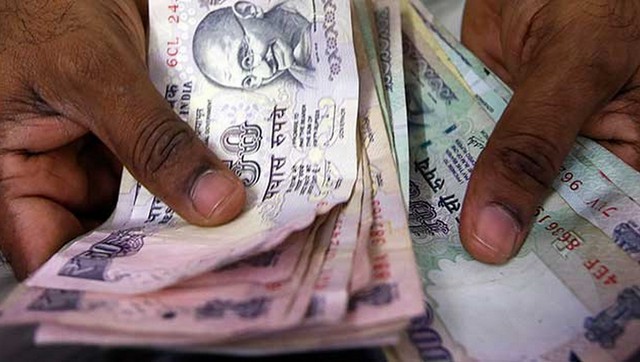In order to revive businesses of street vendors that have taken a serious hit due to the COVID-19 lockdown, the Centre on Monday launched a special micro-credit facility amounting to a total of Rs 5,000 crore that will provide them Rs 10,000 as initial working capital. In today’s cabinet meeting the government has approved the loan scheme for the street vendors. This scheme was a part of Finance Minister Nirmala Sitharaman Rs 20 trillion economic stimulus package, which were announced on 14 May to reboot the Indian economy that has been severely hit by the coronavirus pandemic.
#CabinetDecisions | Rs 10,000 loan for street hawkers through PM SVANiDHI (Pradhan Mantri Street Vendor's AtmaNirbhar Nidhi): @nitin_gadkari pic.twitter.com/j5xMiretQG
— CNBC-TV18 (@CNBCTV18Live) June 1, 2020
The Ministry of Housing and Urban Affairs has launched a Special Micro-Credit Facility Scheme - PM SVANidhi - PM Street Vendor’s AtmaNirbharNidhi, for providing affordable loans to street vendors, the government release said. Those who were vending till 24 March this year can avail the benefits of the scheme, the duration of which is till March 2022, the statement said. “The vendors can avail a working capital loan of up to Rs 10,000, which is repayable in monthly instalments in the tenure of one year. “On timely or early repayment of the loan, an interest subsidy of seven per cent per annum will be credited to the bank accounts of the beneficiaries through direct benefit transfer on six monthly basis,” the ministry said. It stated that there will be no penalty on early repayment of loan. This scheme will go a long way in enabling them to resume work and earn livelihoods, it said. Over 50 lakh people, including vendors, hawkers, thelewalas, rehriwala, theliphadwala etc. in different areas/ contexts are likely to benefit from this scheme, the release said. The goods supplied by them range from vegetables, fruits, ready-to-eat street foods, tea, pakodas, breads, eggs, textiles, apparel, footwear, artisan products, books/ stationaries etc. The services include barber shops, cobblers, pan shops, laundry services etc, it said. Click here to follow LIVE updates on coronavirus outbreak “The Government of India is sensitive towards the problems they have faced in the wake of the COVID-19 crisis. In such a time, there is an urgent need to provide affordable credit to them to ensure their business gets a boost,” the government press statement said. Urban Local Bodies will play a pivotal role in the implementation of the scheme. This scheme is special due to a number of reasons: 1- A historic first: This is for the first time in India’s history that street vendors from urban/ rural areas have become beneficiaries of an urban livelihood programme, the government release said. The vendors can avail a working capital loan of up to Rs. 10,000, which is repayable in monthly instalments in the tenure of one year. On timely/ early repayment of the loan, an interest subsidy @ 7% per annum will be credited to the bank accounts of beneficiaries through Direct Benefit Transfer on six monthly basis. There will be no penalty on early repayment of loan. The scheme provides for escalation of the credit limit on timely/ early repayment of loan to help the vendor achieve his ambition of going up on the economic ladder. It is for the first time that MFIs/ NBFCs/ SHG Banks have been allowed in a scheme for the urban poor due to their ground level presence and proximity to the urban poor including the street vendors. 2- Harnessing technology for empowerment: In line with the Government’s vision of leveraging technology to ensure effective delivery and transparency, a digital platform with web portal/ mobile app is being developed to administer the scheme with end-to-end solution. The IT platform will also help in integrating the vendors into the formal financial system. This platform will integrate the web portal/ mobile app with UdyamiMitra portal of SIDBI for credit management and PAiSA portal of MoHUA to administer interest subsidy automatically. 3- Encouraging digital transactions: The scheme incentivises digital transactions by the street vendors through monthly cash back. 4- Focus on capacity building: MoHUA in collaboration with State Governments, State Missions of DAY-NULM, ULBs, SIDBI, CGTMSE, NPCI and Digital Payment Aggregators will also launch a capacity building and financial literacy programme of all the stakeholders and IEC activities throughout the country during the month of June and loaning will commence in the month of July. (With PTI inputs)


)

)
)
)
)
)
)
)
)



